Home>Garden Essentials>How Do I Get Rid Of Bird Seed Moths
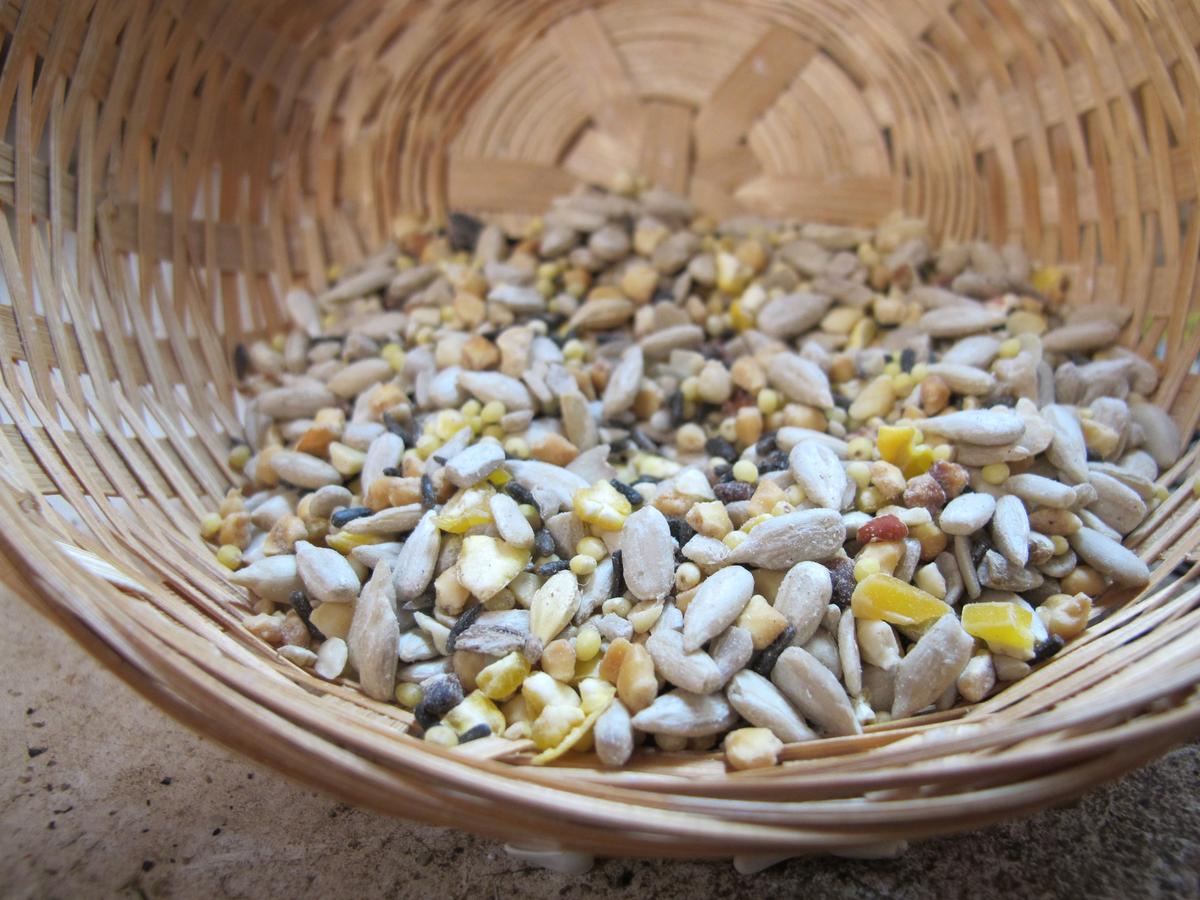

Garden Essentials
How Do I Get Rid Of Bird Seed Moths
Modified: March 15, 2024
Looking for ways to eliminate bird seed moths in your garden? Discover effective techniques to get rid of these pests and protect your garden from infestations.
(Many of the links in this article redirect to a specific reviewed product. Your purchase of these products through affiliate links helps to generate commission for Storables.com, at no extra cost. Learn more)
Introduction
Bird seed moths can quickly become a nuisance for gardeners and bird enthusiasts alike. These tiny insects, also known as pantry moths or meal moths, are attracted to bird seed and can infest storage areas, contaminating the feed and causing damage to your supply. If you’ve noticed small moths fluttering around your bird seed or tiny larvae crawling in the storage containers, it’s essential to take action and get rid of them.
Identifying and eradicating bird seed moths is crucial not only to protect your bird feed but also to prevent the infestation from spreading to other areas of your home. In this article, we’ll explore how to identify bird seed moths, understand their infestations, and provide effective steps to get rid of them for good.
Whether you have a small bird feeder in your garden or a larger bird feeding station, it’s essential to be proactive when dealing with bird seed moths. By following the right methods and utilizing appropriate measures, you can eliminate these pesky insects and keep your bird feed fresh and safe for avian visitors.
Key Takeaways:
- Bird seed moths can infest your bird feed and storage areas, but you can get rid of them by inspecting and quarantining infested seed, cleaning storage areas, and using natural remedies like cedar chips and lavender.
- Prevent future bird seed moth infestations by storing seed in sealed containers, freezing new purchases, and maintaining cleanliness. Regular inspections and good stock rotation also help keep your bird feed pest-free.
Identifying Bird Seed Moths
Before you can effectively get rid of bird seed moths, it’s crucial to accurately identify them. Bird seed moths are small insects that belong to the family Pyralidae. They are typically light-colored and have slender bodies with long, narrow wings. The most common species of bird seed moths are the Indian meal moth (Plodia interpunctella) and the Mediterranean flour moth (Ephestia kuehniella).
You can identify these moths by their distinctive behaviors. Adult moths are usually active at night and are attracted to light sources. You may notice them fluttering around your bird feeders, storage areas, or even in your kitchen if the infestation spreads. They are quite small, usually measuring around 0.5 to 0.75 inch, but their rapid fluttering flight makes them noticeable.
If you suspect a bird seed moth infestation, inspect your bird feed and storage areas for other signs. Look for small, white or cream-colored larvae crawling in your bird seed containers. These larvae are about half an inch long, cylindrical in shape, and have a dark head. They are the most damaging stage of the bird seed moth life cycle, as they feed on the bird seed and leave behind silken tubes and webbing.
Additionally, another sign of bird seed moths is the presence of small, round, brownish or blackish pellets. These are excrement left by the larvae. If you find any of these signs, it’s important to take immediate action to prevent further infestation and protect your bird feed.
Understanding Bird Seed Moth Infestations
To effectively deal with bird seed moths, it’s essential to have an understanding of their infestation patterns. Bird seed moths are commonly introduced into your home or garden through contaminated bird seed. They can enter the packaging at various stages of the production process, from the fields where the bird seed is grown to the processing and packaging facilities.
Once inside your home, bird seed moths can quickly multiply and spread to other storage areas. Female moths can lay hundreds of eggs directly on the bird seed or in the surrounding storage containers. These eggs hatch into small larvae, which then feed on the bird seed, creating silken tubes and webbing as they grow. The larvae eventually pupate and emerge as adult moths to continue the life cycle.
Infestations can occur in both opened and unopened packages of bird seed. Even if the packaging is unopened, bird seed moths can find their way into the container through small openings or imperfections. Once a single package is infested, the moths can easily spread to other containers or storage areas, making it important to act swiftly when a infestation is detected.
It’s worth noting that bird seed moths can also infest other dry food items in your pantry, such as grains, cereals, or flour. If you have a bird feeder near your kitchen or store bird seed in the same area as your pantry items, it’s important to monitor for signs of infestation in all food storage areas.
Understanding how bird seed moths infest and spread is crucial in implementing effective eradication methods and preventing future infestations. By taking the appropriate steps, you can eliminate these pests and safeguard your bird seed and other stored foods from contamination.
Steps to Get Rid of Bird Seed Moths
Dealing with a bird seed moth infestation can be frustrating, but with the right steps, you can effectively get rid of them and prevent future problems. Here are some essential steps to follow:
- Inspection and Quarantine: Start by inspecting all of your bird seed containers and storage areas for signs of infestation. Dispose of any bird seed that shows signs of contamination, including webbing, larvae, or moth activity. Separate any uninfested bird seed in sealed containers to prevent the spread of moths.
- Clean and Vacuum Storage Areas: Thoroughly clean and vacuum the storage areas where you keep your bird seed. Pay close attention to corners, cracks, and crevices where moth eggs or larvae may be hiding. Dispose of the vacuum bag or container immediately after cleaning to prevent the moths from spreading.
- Dispose of Infested Bird Seed: Seal the infested bird seed in a plastic bag and discard it in a sealed outdoor trash bin. This will help prevent the moths from reinfesting your storage areas. Avoid using the infested bird seed as compost, as it may still contain moth eggs or larvae.
- Properly Store Bird Seed: Transfer any uninfested bird seed into tightly sealed containers that are specifically designed for storing bird seed. Avoid using open bags or cardboard boxes, as they are easily penetrated by moths. Plastic or metal containers with secure lids are ideal for keeping your bird seed fresh and pest-free.
- Use Natural Remedies: Several natural remedies can help deter or eliminate bird seed moths. Consider using cedar chips or lavender sachets in your storage areas, as moths are repelled by their scent. You can also place bay leaves or cloves near your bird seed containers to discourage infestation.
- Consider Chemical Control Methods: If the infestation persists or is severe, you may need to resort to chemical control methods. Look for insecticides specifically labeled for bird seed moths and follow the instructions carefully. It’s important to use these chemicals sparingly and to avoid direct contact with the bird seed.
- Prevent Future Infestations: To prevent future bird seed moth infestations, regularly inspect your stored bird seed for signs of contamination. Rotate your stock and use older bird seed first, as it has a higher risk of infestation. Keep your storage areas clean and organized, and consider freezing newly purchased bird seed for a few days before storing it to kill any potential eggs or larvae.
By following these steps consistently and being proactive in monitoring your bird seed storage, you can effectively get rid of bird seed moths and keep your bird feed fresh and pest-free.
Inspection and Quarantine
The first step in getting rid of bird seed moths is to thoroughly inspect your bird seed containers and storage areas. Carefully examine each container for signs of infestation, such as webbing, larvae, or adult moths in flight. Dispose of any bird seed that shows these signs, as it is likely contaminated and can perpetuate the infestation.
To prevent the spread of moths, it is essential to quarantine any uninfested bird seed. Transfer the uninfested seed into new, tightly sealed containers specifically designed for storing bird seed. Make sure the containers are clean and free from any leftover residue that could attract moths.
In addition to inspecting the bird seed itself, thoroughly check the storage areas for any signs of infestation. Look for webbing, larvae, or cocoon-like structures in corners, crevices, and cracks. Pay special attention to areas where spilled bird seed may accumulate, as moths can easily hide and multiply in these spots.
If you discover any contaminated bird seed or signs of infestation, it is crucial to properly dispose of it. Seal the infested bird seed in a plastic bag and discard it in a sealed outdoor trash bin. Avoid using it as compost, as it may still contain moth eggs or larvae.
By inspecting and quarantining the bird seed, you can prevent the infestation from spreading to other areas and protect any remaining uninfested feed from contamination.
Read more: How To Get Rid Of Bugs In Bird Seed
Clean and Vacuum Storage Areas
Once you have identified and quarantined the infested bird seed, the next step is to thoroughly clean and vacuum the storage areas where you keep your bird seed. This will help eliminate any remaining eggs, larvae, or moths hiding in the corners, cracks, and crevices.
Start by removing all bird seed containers and any other items from the storage area. This will allow you to access all surfaces and ensure a thorough cleaning. Use a damp cloth or sponge to wipe down the shelves, walls, and any other surfaces in the storage area. Be sure to pay close attention to areas where the bird seed may have spilled or crumbs may have accumulated.
After wiping down the area, it’s essential to use a vacuum cleaner to remove any remaining debris. Attach a narrow nozzle or crevice tool to reach into tight spaces and cracks. Vacuum all surfaces, including the shelves, corners, and crevices where moths or eggs may be hiding.
Once you have finished vacuuming, it is important to dispose of the vacuum bag or empty the vacuum container immediately. This will prevent any surviving moths or larvae from reinfesting the storage area.
It is worth noting that bird seed moths can be persistent, so it may be necessary to repeat the cleaning and vacuuming process multiple times to ensure complete eradication. Be thorough and diligent during this step to minimize the risk of reinfestation.
By cleaning and vacuuming the storage areas, you are eliminating any remaining moth eggs, larvae, or cocoons that could continue the infestation. This step is crucial in breaking the lifecycle of the moths and preventing them from spreading to other areas.
To get rid of bird seed moths, store bird seed in airtight containers, clean up spills promptly, and freeze new seed for 3 days to kill any eggs or larvae.
Dispose of Infested Bird Seed
Once you have inspected and quarantined the infested bird seed, the next step is to properly dispose of it to prevent the further spread of bird seed moths. Infested bird seed is a potential source of reinfestation, so it’s crucial to handle it carefully and dispose of it in a way that ensures the moths cannot continue their life cycle.
Start by sealing the infested bird seed in a plastic bag. Double-bagging can provide an extra layer of protection against any escaping moths or larvae. Ensure the bags are tightly sealed to prevent any moths from escaping or laying eggs outside of the bag.
Once the bird seed is sealed, it is important to discard it in a sealed outdoor trash bin. This will inhibit moths from finding their way back into your storage areas or other parts of your home. By disposing of the infested bird seed outside, you are minimizing any risk of reinfestation and preventing the spread of the moths.
It is crucial to avoid using the infested bird seed as compost. While composting is an eco-friendly practice, the heat generated during the composting process may not be sufficient to destroy the moth eggs or larvae. It is safer to dispose of the infested bird seed in a sealed trash bin rather than risk introducing the moths into your compost pile.
Remember, the goal is to break the life cycle of the bird seed moths and eliminate them from your storage areas. Properly disposing of the infested bird seed is a crucial step in achieving that goal.
Properly Store Bird Seed
Proper storage of bird seed is essential for preventing bird seed moth infestations. By following these guidelines, you can minimize the risk of attracting moths and keep your bird seed fresh and pest-free:
Use Sealed Containers: Transfer your uninfested bird seed into tightly sealed containers specifically designed for storing bird seed. Avoid using open bags or cardboard boxes, as they are easily penetrated by moths. Plastic or metal containers with secure lids are ideal for keeping your bird seed protected.
Ensure Clean Containers: Before transferring bird seed into storage containers, make sure they are clean and free from any residues that could attract moths. Wash the containers with warm, soapy water and ensure they are thoroughly dry before filling them with bird seed.
Label Containers: Properly label each storage container with the type of bird seed and the date of purchase. This will help you keep track of the freshness of the seed and prioritize using older seed to reduce the risk of infestation.
Store in a Cool, Dry Place: Choose a storage location that is cool and dry to prevent moisture buildup, which can attract moths and promote mold growth. Avoid storing bird seed in garages, basements, or other areas prone to temperature fluctuations and humidity.
Avoid Overstocking: Only purchase the amount of bird seed you can use within a reasonable time frame. Avoid buying in bulk if you don’t have the proper storage conditions to keep the seed fresh. Using up the seed in a timely manner reduces the risk of it becoming stale or attracting moths.
Rotate Stock: To minimize the risk of infestation, rotate your bird seed stock by using older seed first. This ensures that the seed is consumed before it has the chance to become stale or attract moths. When adding fresh seed to the storage container, place it on top of the older seed to encourage usage in the right order.
Freeze Newly Purchased Seed: To kill any potential moth eggs or larvae present in newly purchased bird seed, consider freezing it for a few days before transferring it to your storage containers. Place the seed in sealed bags or containers and freeze it for at least 48 hours, then allow it to thaw before using or storing.
By following these storage guidelines, you can minimize the risk of bird seed moth infestations and keep your bird seed fresh and appealing to our feathered friends.
Use Natural Remedies
If you prefer to take a more natural approach to deal with bird seed moths, there are several remedies that can help deter or eliminate these pesky insects. While natural remedies may not provide instantaneous results like chemical insecticides, they can be effective in the long term and offer a safer alternative for both you and the environment. Here are some natural remedies to consider:
Cedar Chips: Bird seed moths are repelled by the scent of cedar. Placing cedar chips or cedar sachets in your bird seed storage areas can help deter moths. Simply scatter the chips or hang sachets near the containers to keep the moths at bay. Remember to replace the cedar chips or sachets periodically to maintain their effectiveness.
Lavender: Much like cedar, the strong scent of lavender is known to repel moths. You can place dried lavender flowers or sachets near your bird seed containers to discourage infestations. Lavender also provides a pleasant aroma in the storage area.
Bay Leaves: Bay leaves have natural pest-repelling properties and can be effective against bird seed moths. Place a few bay leaves in your bird seed containers or stick them to the inside of the lids. The strong aroma of the bay leaves can help keep moths away.
Cloves: Cloves are another natural deterrent for moths. Place a few whole cloves near your bird seed containers to help repel moths and protect the seed from infestations. Cloves also have a pleasant aroma that can add a hint of spice to your storage area.
Cleanliness: Maintaining a clean storage area is crucial in preventing bird seed moth infestations. Regularly clean and vacuum the storage space to remove crumbs, residue, or spilled seed that may attract moths. Keeping the area free from food debris can help discourage moth activity.
Direct Light and Airflow: Bird seed moths prefer dark and undisturbed areas. To discourage infestations, ensure that the storage area gets plenty of direct light and airflow. Open the curtains or blinds during the day and occasionally open windows or doors to let fresh air circulate. These measures can make the storage area less appealing to moths.
While natural remedies can be effective, it’s important to note that they may not completely eradicate an existing infestation. If you have a severe or persistent bird seed moth problem, you may need to consider combining natural remedies with other control methods for more effective results.
By incorporating these natural remedies into your bird seed storage routine, you can help deter bird seed moths and protect your bird feed in a natural and environmentally friendly way.
Read more: How To Get Rid Of Moths In Wardrobe
Consider Chemical Control Methods
If natural remedies are not providing the desired results or if you are dealing with a severe bird seed moth infestation, you may need to consider chemical control methods. Chemical insecticides can provide more immediate and targeted action against the moths. However, it’s important to use these methods responsibly and follow the instructions provided by the manufacturer. Here are some options to consider:
Insecticide Sprays: Look for insecticides specifically labeled for controlling pantry or meal moths. These sprays usually contain ingredients such as pyrethrins or pyrethroids, which are effective against moths and other household pests. Follow the instructions carefully, ensuring that the spray is safe for use around food and pets. It’s important to properly ventilate the area and avoid direct contact with the bird seed.
Insecticide Foggers: Foggers are useful for treating larger areas or spaces with a significant moth infestation. These devices release a fine mist of insecticide into the air, reaching into crevices and hidden areas where moths may be hiding. Before using a fogger, remove all bird seed and cover or remove any exposed food items. Follow the instructions provided with the fogger to ensure safe and effective use.
Insecticide Dust: Insecticide dusts can be applied directly into cracks, crevices, and other hiding spots where moths may be present. These products usually contain ingredients like diatomaceous earth or boric acid, which are effective in killing pests. Wear gloves and follow the instructions when applying the dusts. Ensure that they are used in areas away from the bird seed and where there is limited risk of exposure to pets or wildlife.
Professional Pest Control: If the infestation persists or if you are uncomfortable using chemical control methods yourself, it may be best to consult with a professional pest control service. Pest control experts have the knowledge and experience to safely and effectively treat bird seed moth infestations. They can provide targeted treatments and offer advice on prevention methods to avoid future infestations.
When using chemical control methods, it is crucial to exercise caution and prioritize safety. Always read the labels, follow the instructions, and keep the treated area well-ventilated to minimize risks to your health, food, and the environment. Use chemical control methods as a last resort after exhausting all other options and always ensure that the bird seed is kept separate and protected during the treatment process.
By considering chemical control methods and using them responsibly, you can effectively eliminate bird seed moths and prevent further damage to your bird feed.
Prevent Future Infestations
Preventing future bird seed moth infestations is just as important as getting rid of the current one. By implementing preventive measures, you can minimize the risk of future problems and keep your bird seed fresh and free from pests. Here are some steps you can take:
Regular Inspections: Make it a habit to regularly inspect your bird seed containers, even if you don’t notice any immediate signs of infestation. Look for any webbing, larvae, or adult moths in flight. Early detection allows for prompt action and prevents the infestation from spreading.
Proper Storage: Continue to store your bird seed in tightly sealed containers specifically designed for that purpose. This will significantly reduce the chance of moths entering and contaminating the seed. Remember to label the containers and rotate stock, using older seed first to minimize the risk of infestation.
Freezing New Purchases: Continue the practice of freezing newly purchased bird seed for a few days before storing it. Freezing kills any potential moth eggs or larvae that may be present in the seed, reducing the risk of introducing an infestation to your storage area.
Maintain Cleanliness: Regularly clean and vacuum the storage area to remove any spilled bird seed and prevent the buildup of food debris. Wipe down the shelves and walls with a damp cloth to remove any residue that may attract moths. Keeping the area clean and well-maintained discourages moths from finding a suitable environment for infestation.
Monitor Nearby Areas: If you have a bird feeder near your bird seed storage area, be vigilant in monitoring it for any signs of infestation. Clean the feeder regularly and remove any spilled or moldy bird seed promptly. Moths may be attracted to spillage and use it as a breeding ground.
Practice Good Stock Rotation: Avoid overstocking on bird seed. Purchase in quantities that can be used within a reasonable time frame, and prioritize using older seed first. By consistently rotating your stock, you can decrease the chances of seed becoming stale and attracting moths.
Consider Pest-Retardant Bag: If you are concerned about future infestations, consider purchasing bird seed that comes in pest-retardant bags. These bags are designed to resist pest penetration and reduce the risk of infestation. Look for bags labeled with pest control features when shopping for bird seed.
By incorporating these preventive measures into your bird seed storage routine, you can significantly reduce the risk of future bird seed moth infestations. With regular vigilance and proper maintenance, you can enjoy fresh and uncontaminated bird seed for your feathered friends.
Conclusion
Dealing with bird seed moth infestations can be a challenging task, but with the right knowledge and steps, you can effectively get rid of these pests and prevent future problems. Identifying bird seed moths and understanding their infestation patterns is crucial in implementing the appropriate control methods.
Inspecting and quarantining infested bird seed, cleaning and vacuuming storage areas, and properly disposing of infested seed are essential initial steps. By removing the source and thoroughly cleaning the area, you can disrupt the life cycle of the moths and minimize the risk of reinfestation.
Properly storing bird seed in tightly sealed containers, using natural remedies like cedar chips or lavender, and considering chemical control methods when necessary are effective ways to combat bird seed moths. By selecting the right control methods based on the severity of the infestation, you can eliminate these pests and protect your bird feed.
Preventing future infestations is vital to maintaining a pest-free storage area. Regular inspections, proper storage in sealed containers, practicing cleanliness, monitoring nearby areas, and practicing good stock rotation are effective preventive measures to keep bird seed moths at bay.
In conclusion, by taking proactive steps and following the guidelines outlined in this article, you can successfully get rid of bird seed moths and safeguard your bird feed. By maintaining a clean storage area, utilizing natural remedies, and practicing ongoing monitoring and preventive measures, you can enjoy the pleasure of feeding birds without the annoyance of bird seed moth infestations.
Frequently Asked Questions about How Do I Get Rid Of Bird Seed Moths
Was this page helpful?
At Storables.com, we guarantee accurate and reliable information. Our content, validated by Expert Board Contributors, is crafted following stringent Editorial Policies. We're committed to providing you with well-researched, expert-backed insights for all your informational needs.
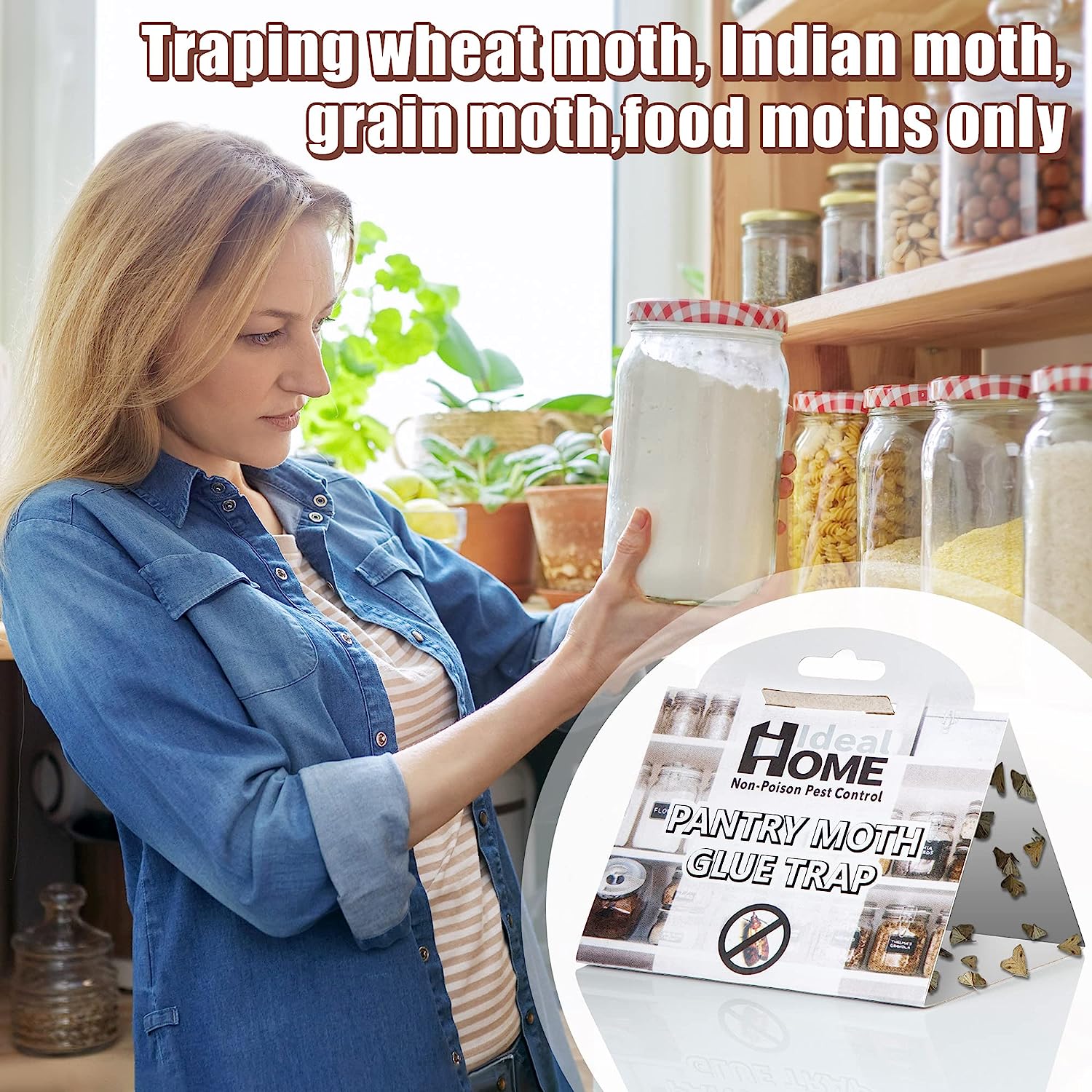
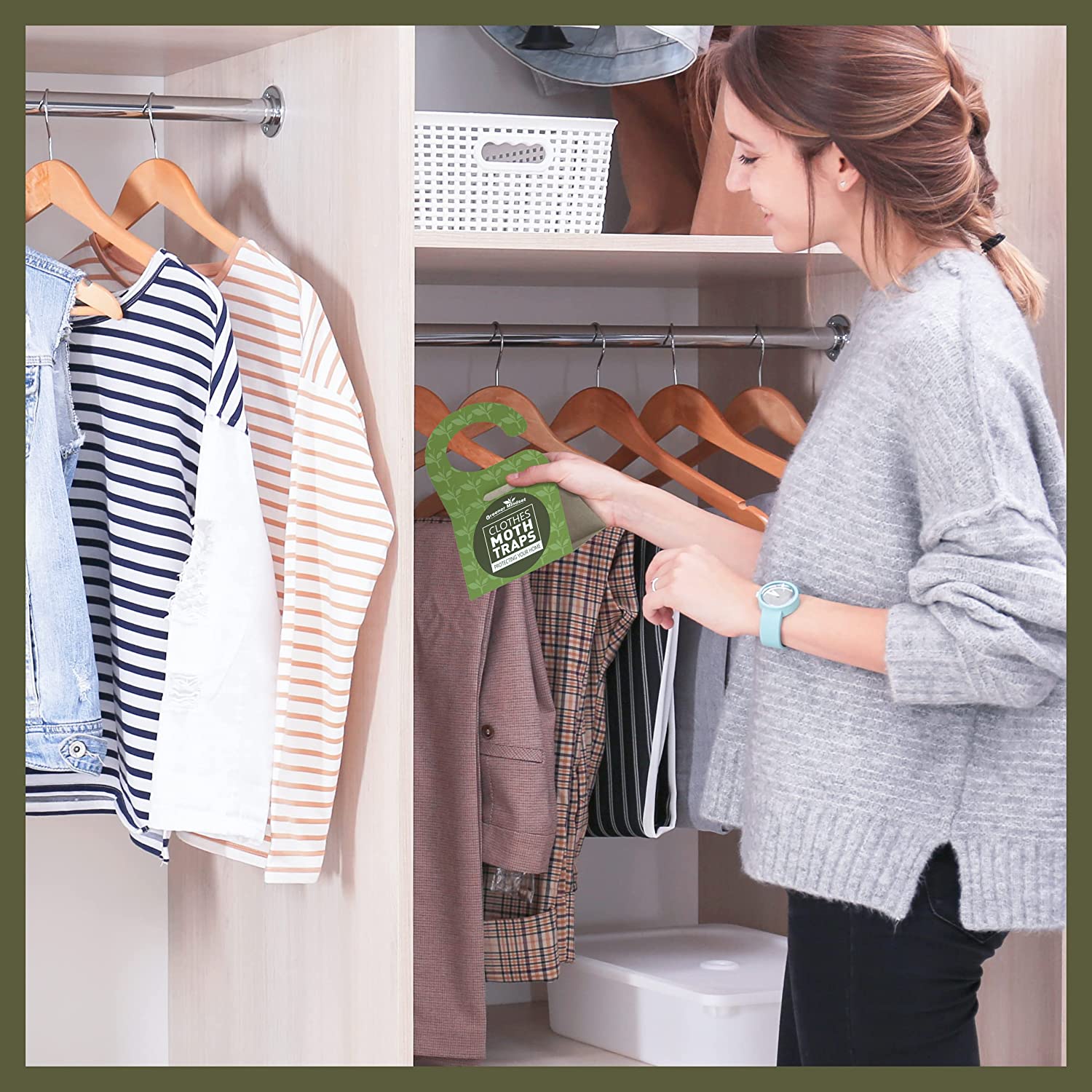
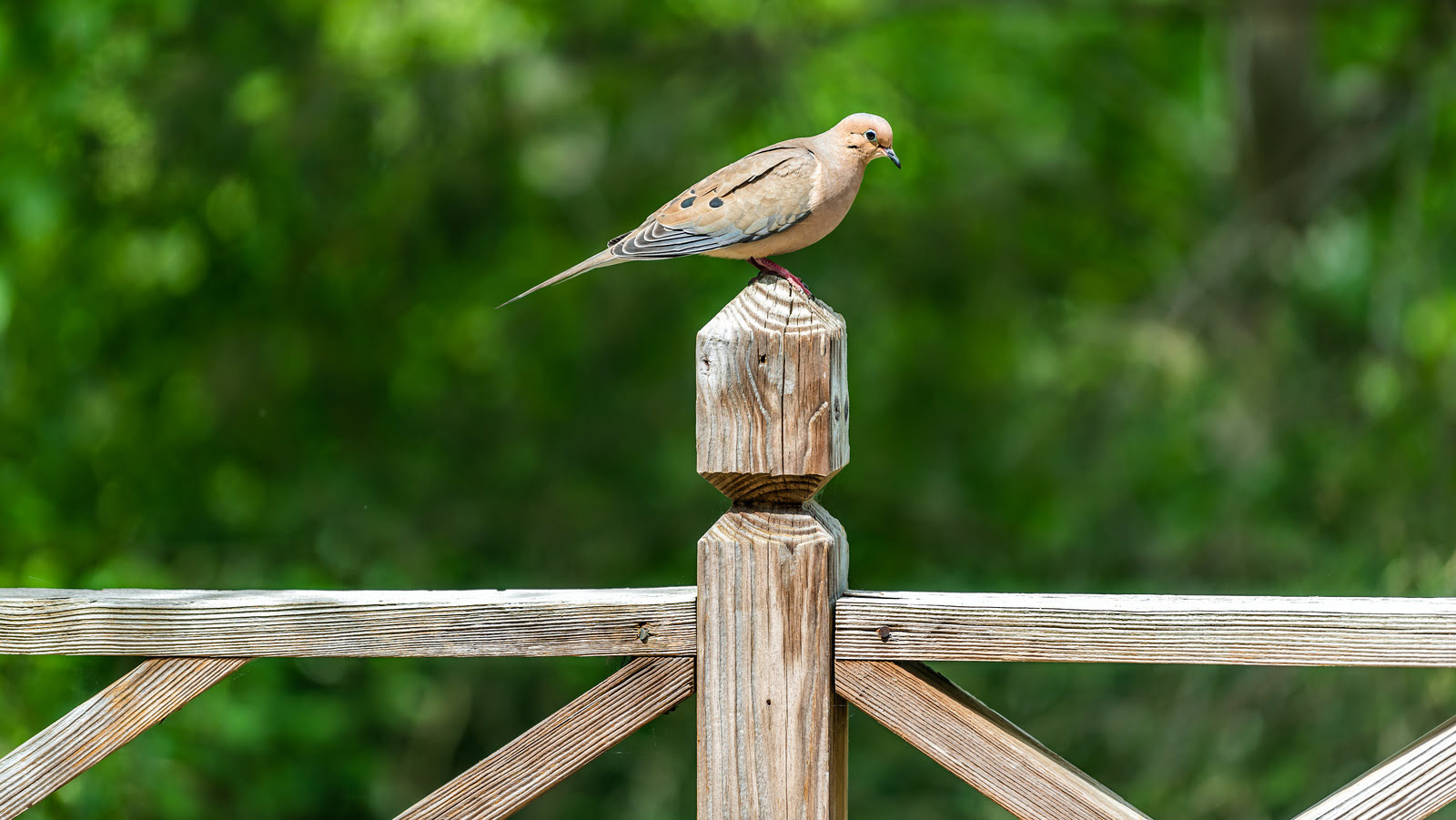
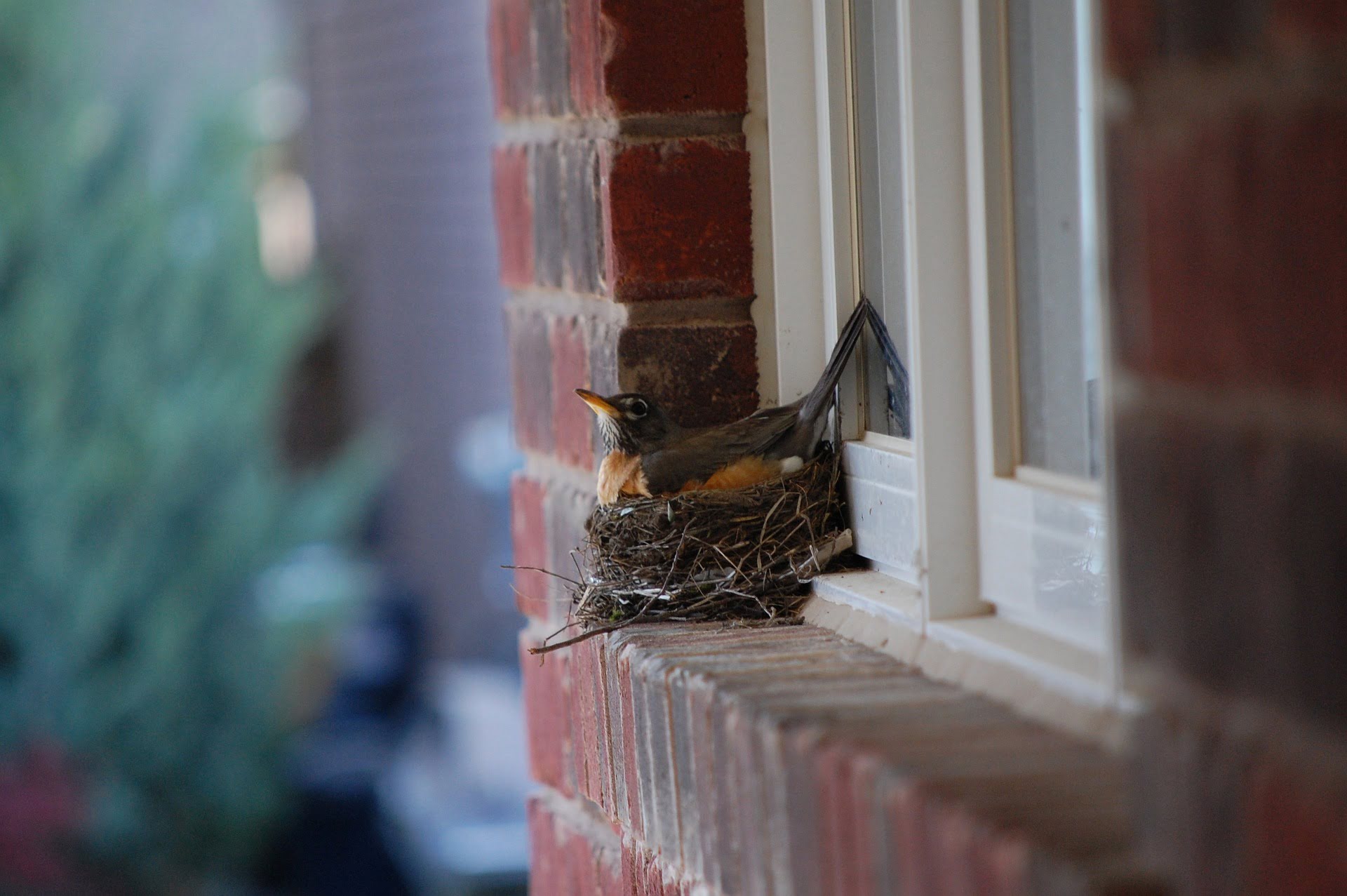
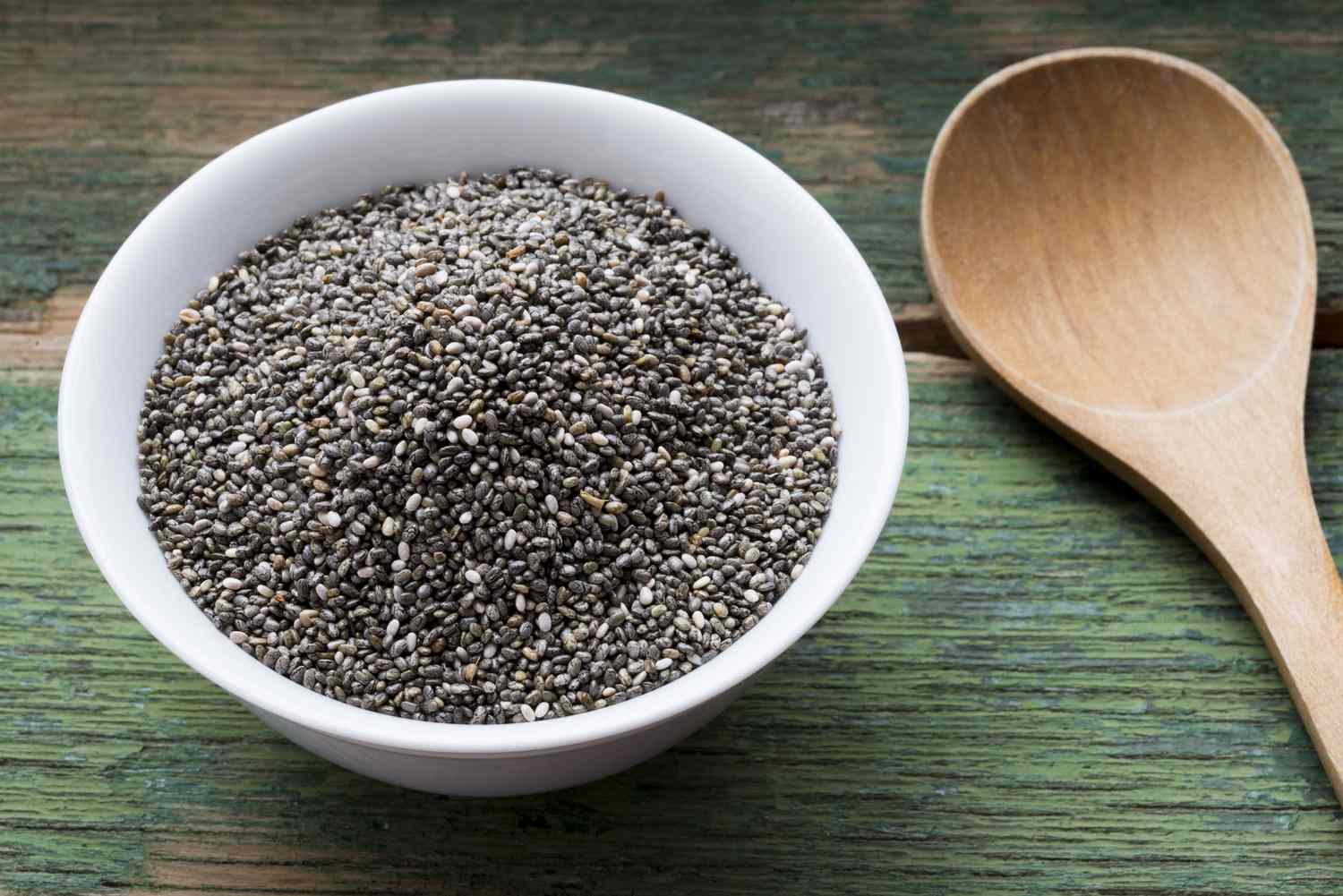
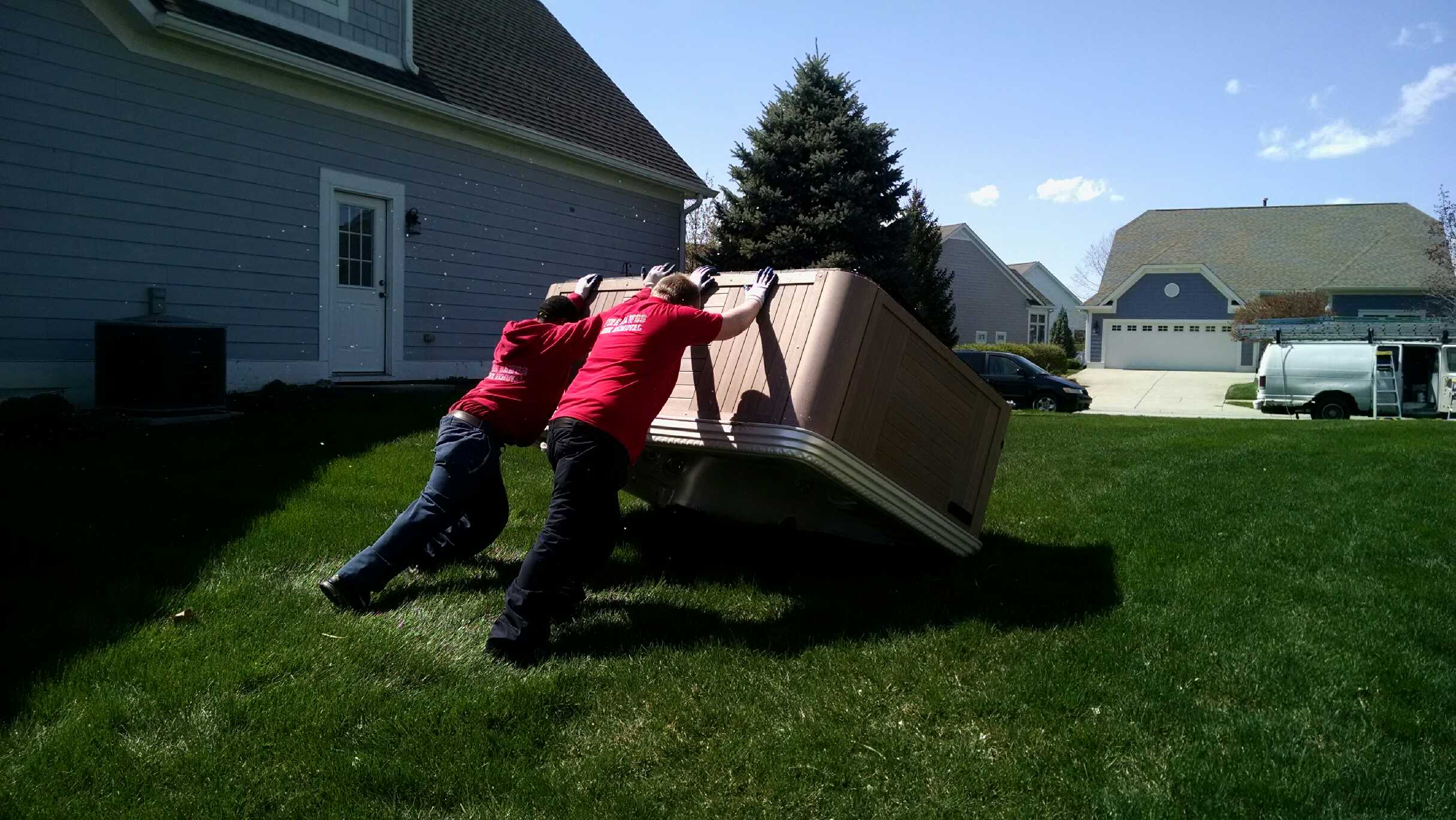
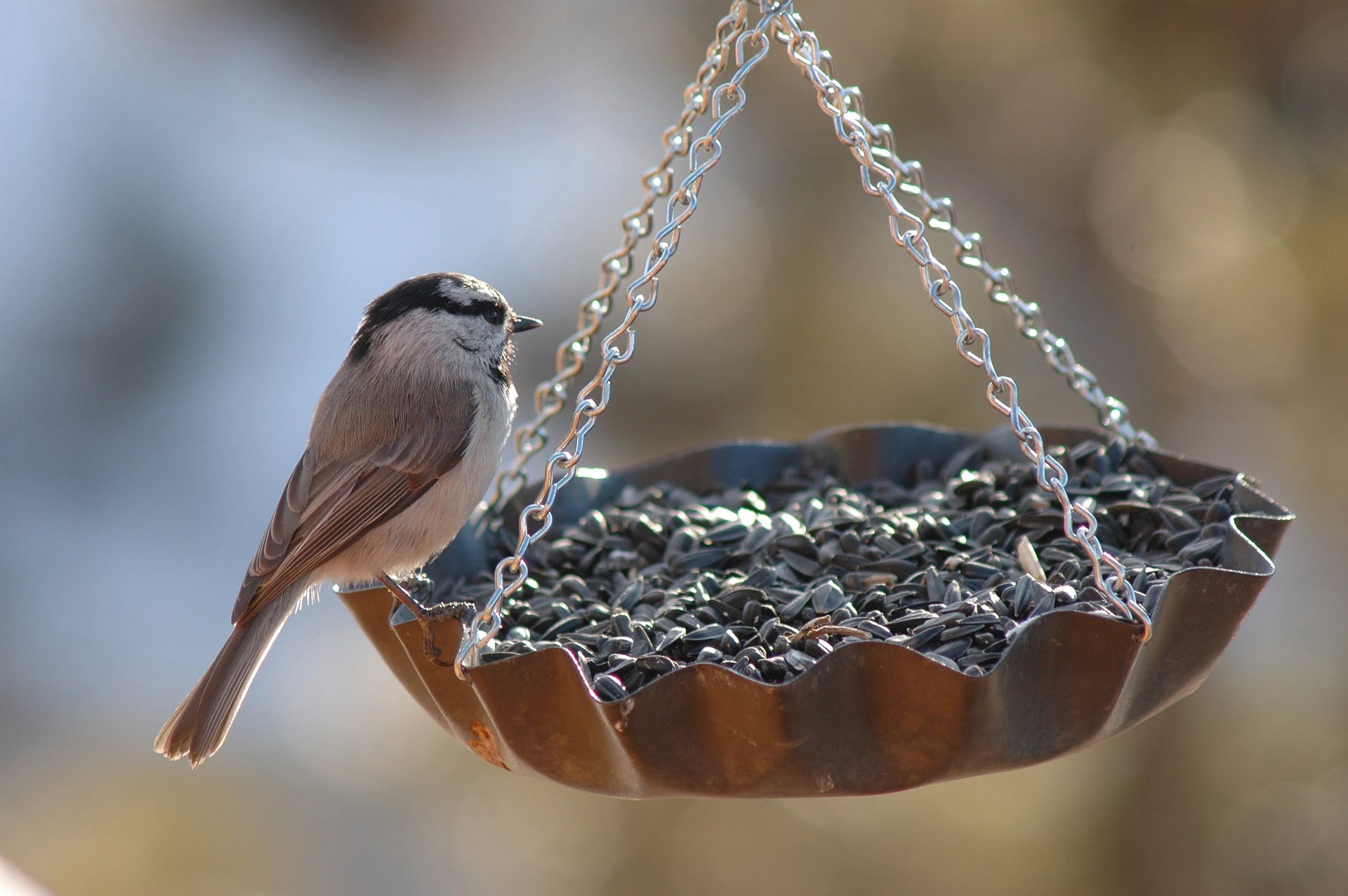
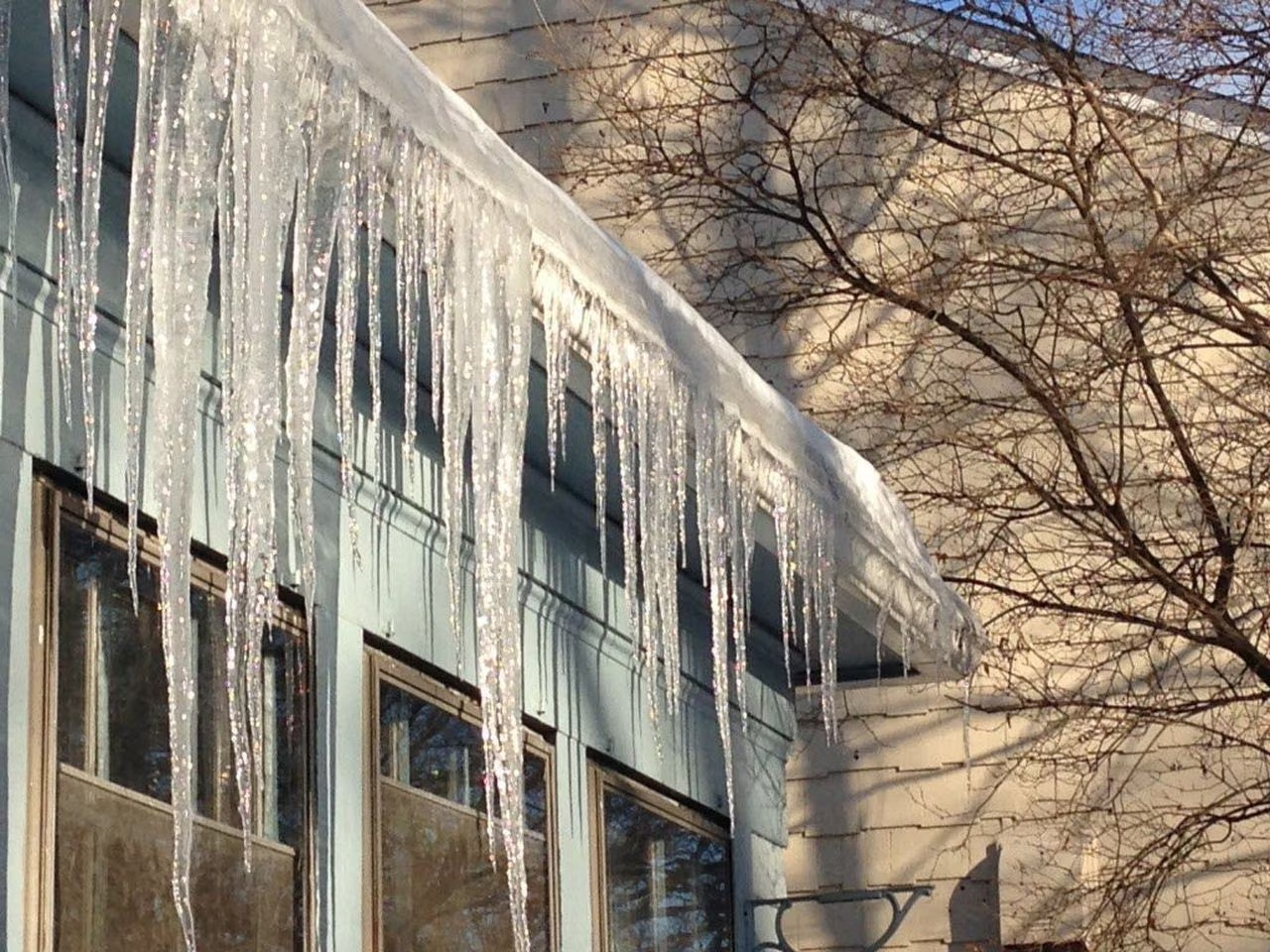

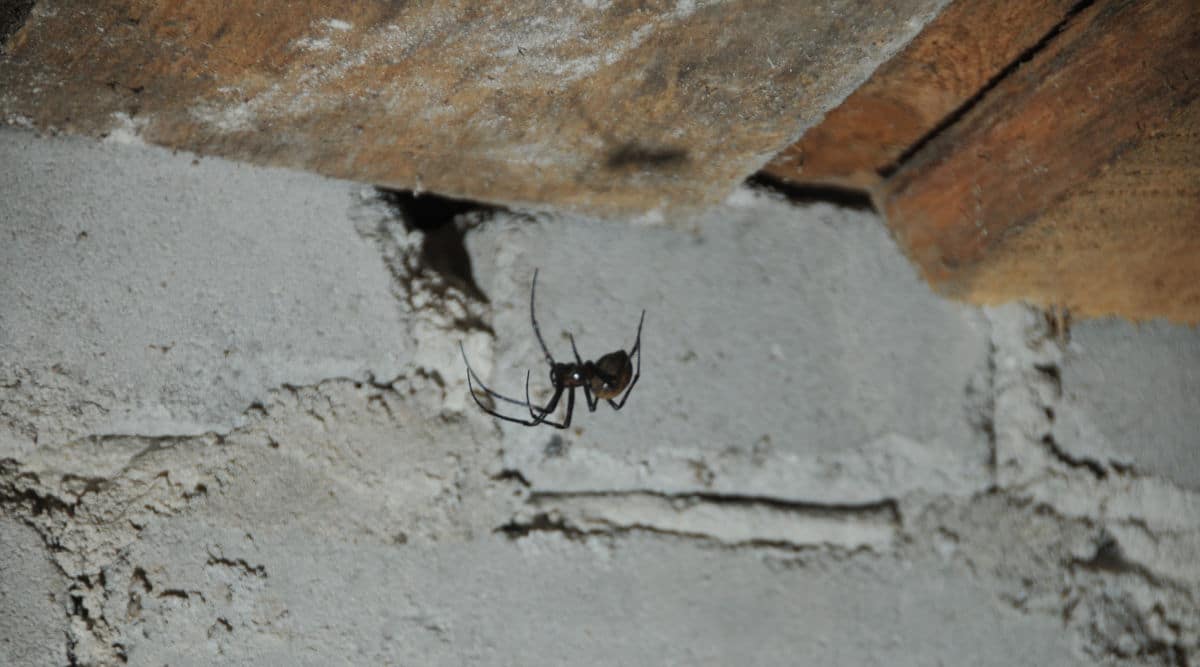
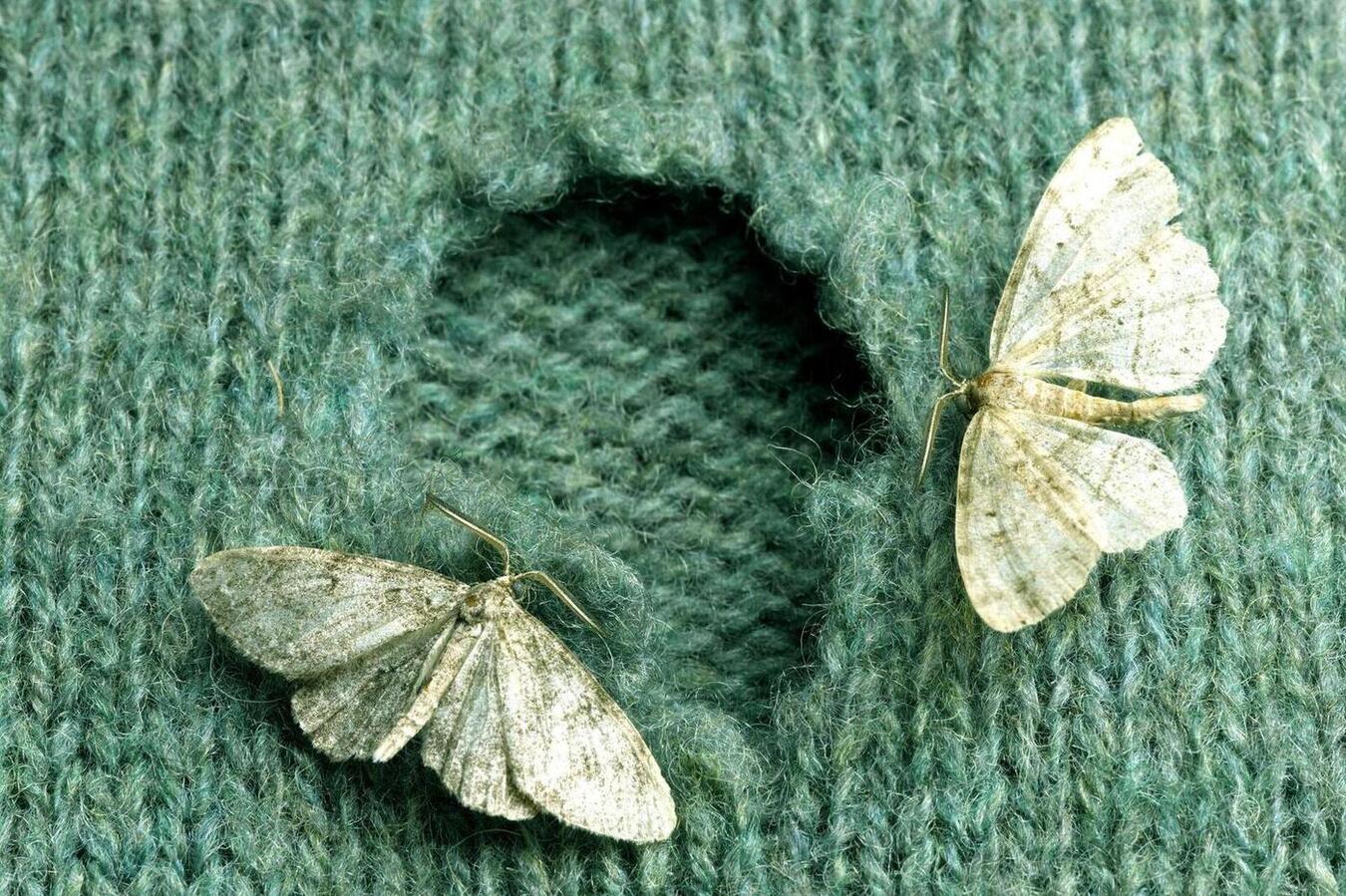
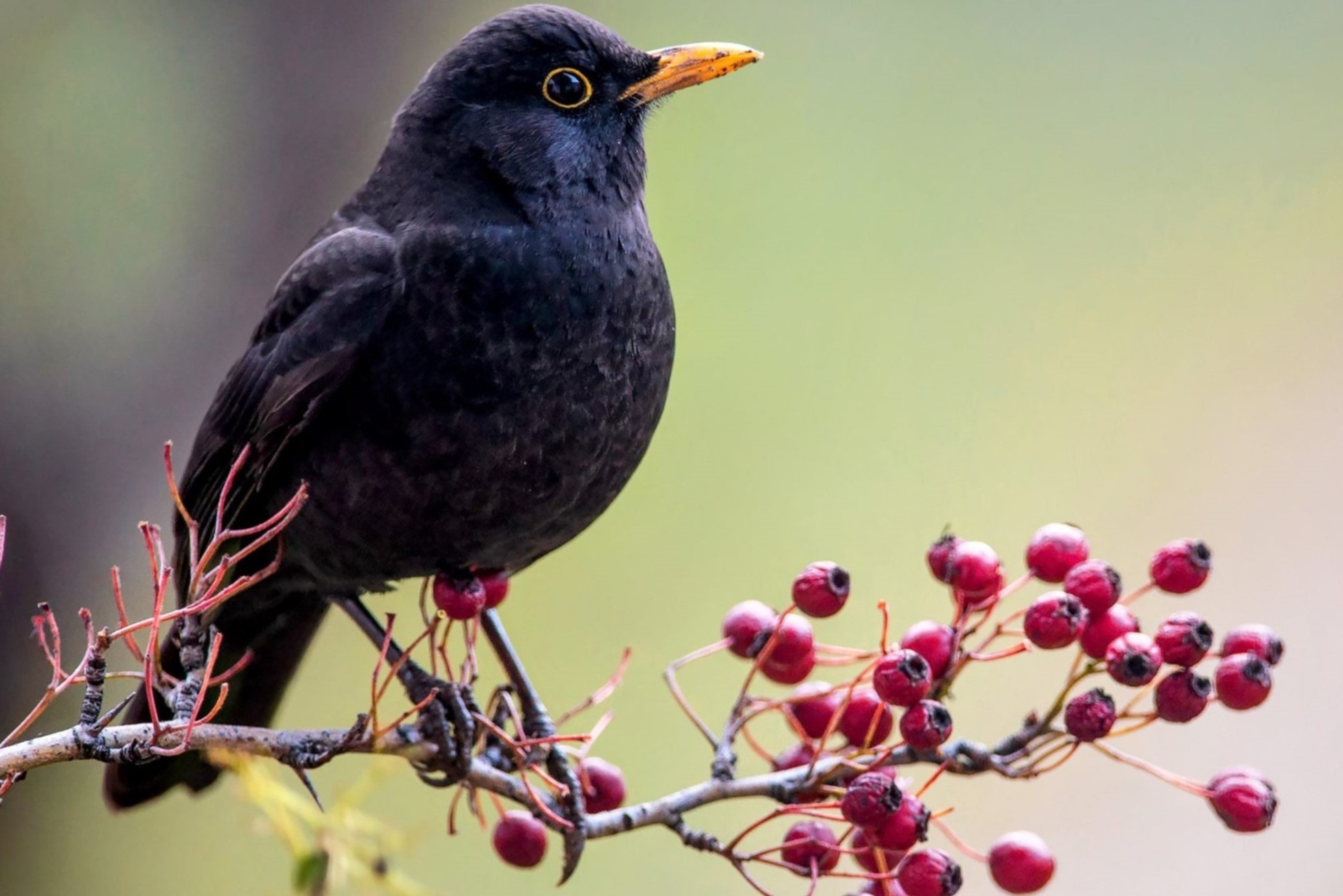
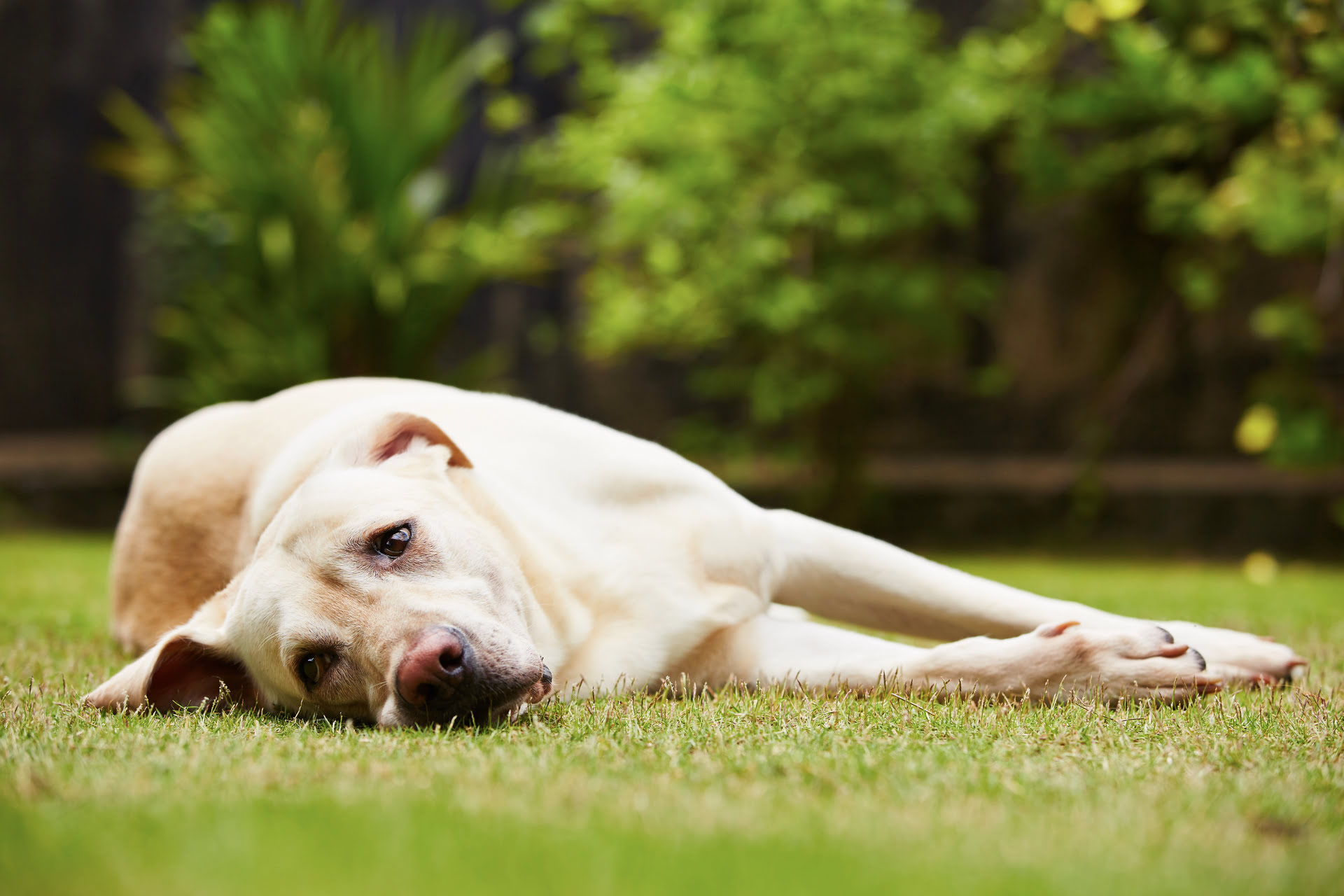

0 thoughts on “How Do I Get Rid Of Bird Seed Moths”